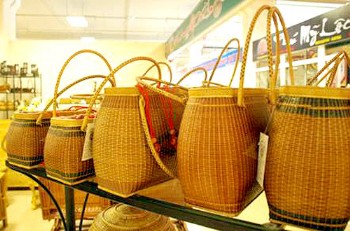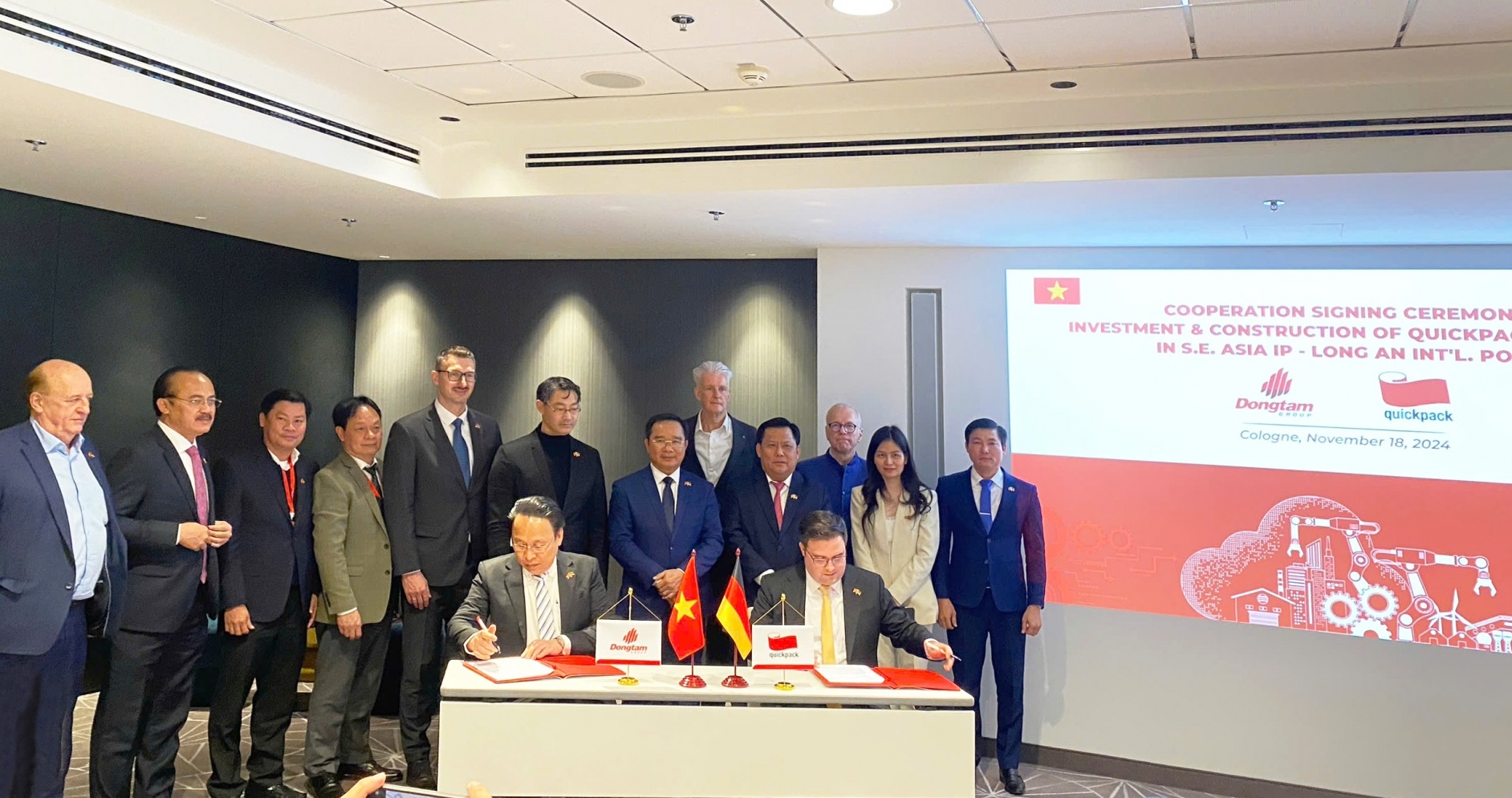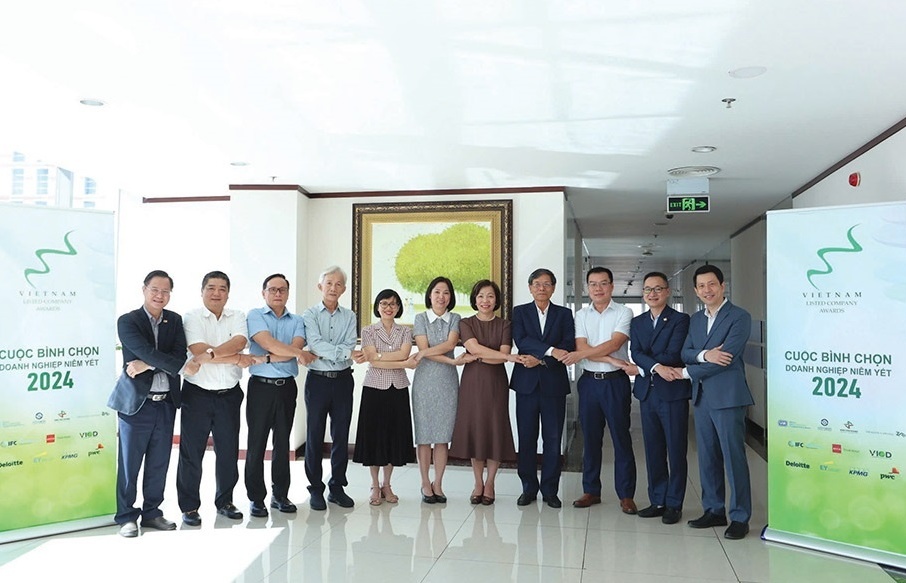Vietnam’s trade growth highly praised

illustration photo
This message was concluded last week by a report jointly prepared by the Vietnam National Committee for International Economic Cooperation and the World Bank.
The report, titled “Trade Facilitation, Value Creation and Competitiveness: Policy Implications for Vietnam’s Economic Growth” noted that Vietnam has posted a strong trade performance in a difficult external environment namely exports rising 34 per cent in 2011, 18 per cent in 2012 and nearly 20 per cent in the first quarter of 2013.
However, Vietnam has been less successful in diversifying its exports basket and in moving up the global supply chains. Vietnam’s ability to escape the “middle-income trap” is also predicated upon its ability to create a more competitive and efficient economy.
This report analyses three interrelated “pillars” of national competitiveness. These pillars are transport infrastructure and logistics services, regulatory procedures for exports and imports and supply chain organisation. These pillars are supported by government policies and institutions that need to support competitiveness.
According to Victoria Kwakwa, country director of World Bank Vietnam, traditional drivers of economic progress including factor accumulation and the state sector have in many ways run their course. In an increasingly globalised world, competitiveness, especially of exports, is a major determinant of Vietnam’s long-term growth.
Victoria Kwakwa added that Vietnam needed to enhance trade competitiveness through complementary reforms that would help among other things strengthen domestic and export-related infrastructure and logistics.
“The key to future growth is enhanced export competitiveness. Trade facilitation is an effective means for doing so but has received scant attention,” said Pham Minh Duc, senior economist from the World Bank.
According to the World Bank’s Logistics Performance Index, Vietnam ranks among Top 10 lower-middle economies, but its overall ranking has not been improved in the last five years. Within this index, customs efficiency, logistics competence and infrastructure have deteriorated.
Deputy Prime Minister Vu Van Ninh said: “The advantages of trade liberalisation in contributing to the growth of trade are reaching their limits. It is time to have a new approach to improve trade competitiveness and export growth”.
The report makes several policy recommendations to develop such an approach including establishment of National Committee for Trade Facilitation to develop and implement a national action plan for trade competitiveness enhancement, develop infrastructure and transport services, simplify regulatory procedures to reduce time and cost and improve reliability of cross border trade, restructure manufacturing supply chains to capture value and to participate proactively in global value chains and restructure agricultural supply chains.
What the stars mean:
★ Poor ★ ★ Promising ★★★ Good ★★★★ Very good ★★★★★ Exceptional
Latest News
More News
- Trump's trade policies could shape Vietnam's economic outlook: Dragon Capital (November 15, 2024 | 16:56)
- Prioritising corporate governance for Vietnam’s sustainable growth (November 14, 2024 | 16:50)
- Vietnam eyes nuclear revival to bolster energy security (November 14, 2024 | 16:46)
- German businesses explore investments in Dong Nai (November 08, 2024 | 18:02)
- Vietnamese consumer sentiment outperforms regional averages (November 08, 2024 | 18:00)
- Exchange and interest rates forecast to remain stable after US election (November 07, 2024 | 14:04)
- Industrial real estate stocks benefit from US election results (November 07, 2024 | 13:56)
- 2024 sees $1.41 billion in fintech funding so far (November 07, 2024 | 08:13)
- Trump at 266 electoral votes, Harris at 195: US media (November 06, 2024 | 14:30)
- Hanoi targets digital and high-tech investment with upcoming event (November 06, 2024 | 13:28)




















 Mobile Version
Mobile Version